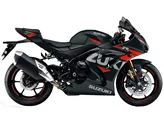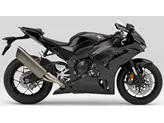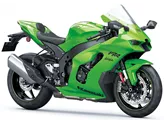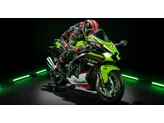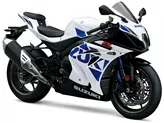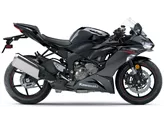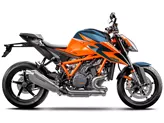Kawasaki Ninja ZX-10R 2021 vs. Suzuki GSX-R 1000 2010
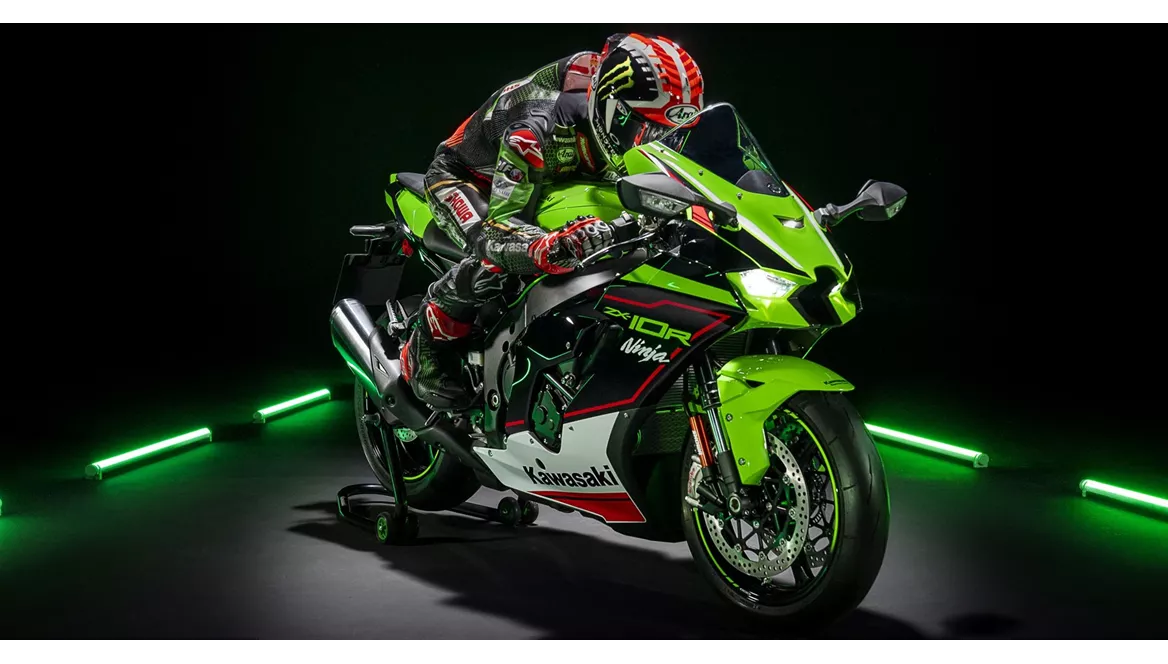
Kawasaki Ninja ZX-10R 2021

Suzuki GSX-R 1000 2010
Overview - Kawasaki Ninja ZX-10R 2021 vs Suzuki GSX-R 1000 2010
When comparing the Kawasaki Ninja ZX-10R 2021 and the Suzuki GSX-R 1000 2010, it is evident that both motorcycles belong to the supersport category and share similar technical specifications. However, there are notable differences between the two models.
Starting with the engine and drivetrain, both motorcycles feature inline four-cylinder engines with similar bore and stroke measurements. The Kawasaki Ninja ZX-10R 2021 boasts a slightly larger displacement of 998cc compared to the Suzuki GSX-R 1000 2010's 999cc. In terms of power, the Ninja ZX-10R takes the lead with 203 HP, while the GSX-R 1000 offers 185 HP. The torque figures also favor the Ninja ZX-10R with 114.9 Nm compared to the GSX-R 1000's 116.7 Nm. Additionally, the Ninja ZX-10R has a higher compression ratio of 13 compared to the GSX-R 1000's 12.8.
Moving on to the suspension, both motorcycles offer adjustable compression, preload, and rebound settings for the front and rear suspension. However, the Ninja ZX-10R 2021's suspension is known for its well-balanced and high-quality performance, while the GSX-R 1000 2010's suspension is criticized for being too softly tuned and lacking stability.
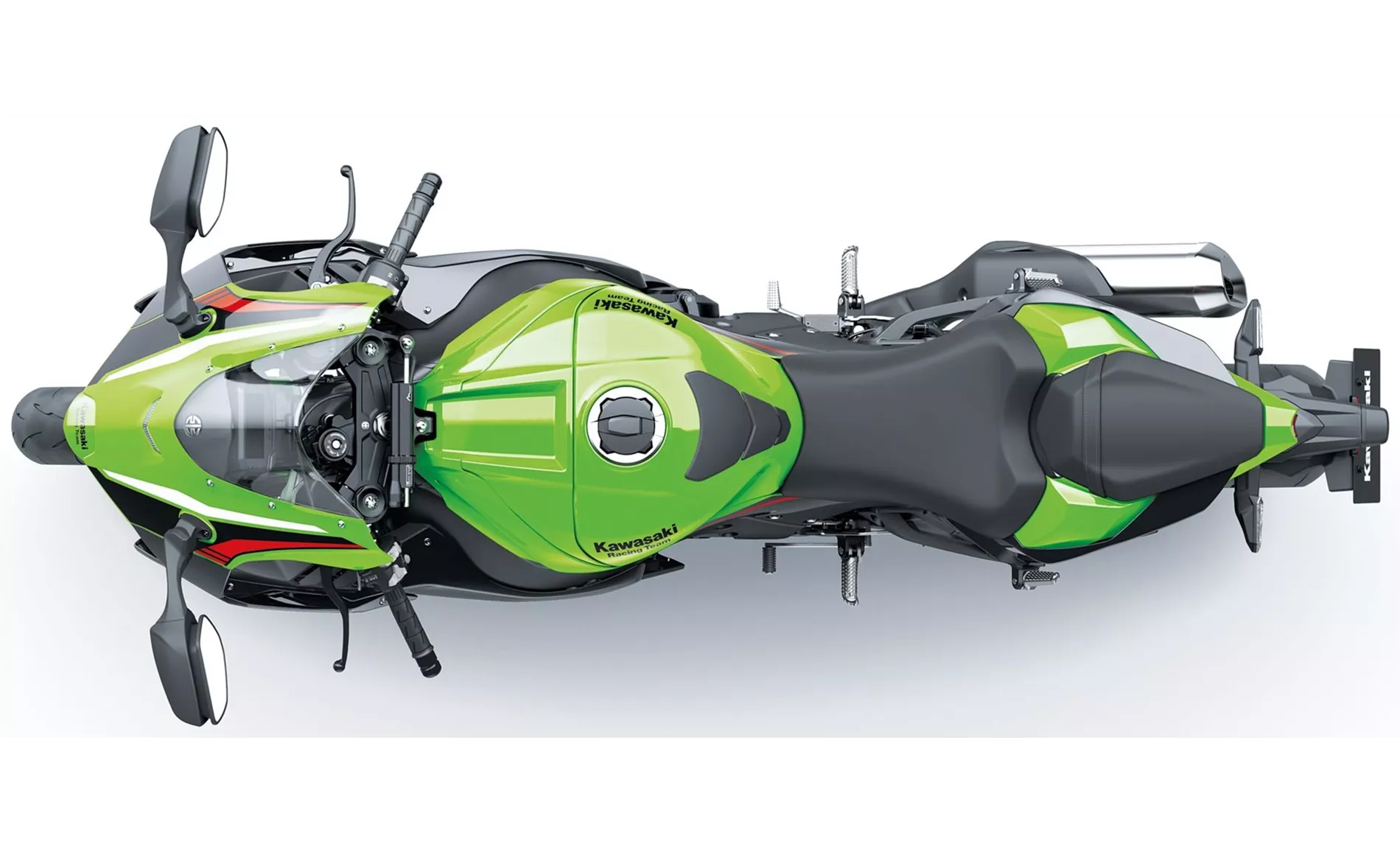
Kawasaki Ninja ZX-10R 2021
In terms of the chassis, both motorcycles feature aluminum frames, ensuring lightweight and rigid construction. This contributes to the overall stability and handling of the bikes.
When it comes to braking, both motorcycles are equipped with double-disc brakes at the front. The Ninja ZX-10R 2021 features radial and petal technology, providing powerful and efficient braking performance. The GSX-R 1000 2010, on the other hand, only features radial technology.
In terms of dimensions and weights, the Ninja ZX-10R 2021 has a slightly longer wheelbase of 1440mm compared to the GSX-R 1000 2010's 1405mm. The seat height of the Ninja ZX-10R is also higher at 835mm, while the GSX-R 1000 offers a seat height of 810mm. Both motorcycles have similar front and rear tire widths and diameters. However, the GSX-R 1000 2010 has a slightly larger fuel tank capacity of 17.5 liters compared to the Ninja ZX-10R 2021's 17 liters.

Suzuki GSX-R 1000 2010
In terms of strengths, the Ninja ZX-10R 2021 stands out for its high-quality workmanship, powerful engine, excellent wind protection, comfortable seating position, advanced electronics package, powerful brakes, and well-balanced chassis. On the other hand, the GSX-R 1000 2010 is praised for its strong engine, stability, efficient wind protection, and appropriate performance.
However, both motorcycles have their weaknesses. The Ninja ZX-10R 2021 is criticized for its load change reactions in the partial load range, somewhat slow quickshifter, and relatively small display. The GSX-R 1000 2010, on the other hand, suffers from a poor suspension strut, softly tuned chassis, slight inertia, and a gearbox that could be improved.
In conclusion, while both the Kawasaki Ninja ZX-10R 2021 and the Suzuki GSX-R 1000 2010 offer impressive performance and features, the Ninja ZX-10R 2021 excels in terms of engine power, torque, and overall handling. However, the GSX-R 1000 2010 is still a capable motorcycle with its strong engine and stable performance.
Technical Specifications Kawasaki Ninja ZX-10R 2021 compared to Suzuki GSX-R 1000 2010
Pros and Cons in comparison
Pros and Cons in comparison
Kawasaki Ninja ZX-10R 2021
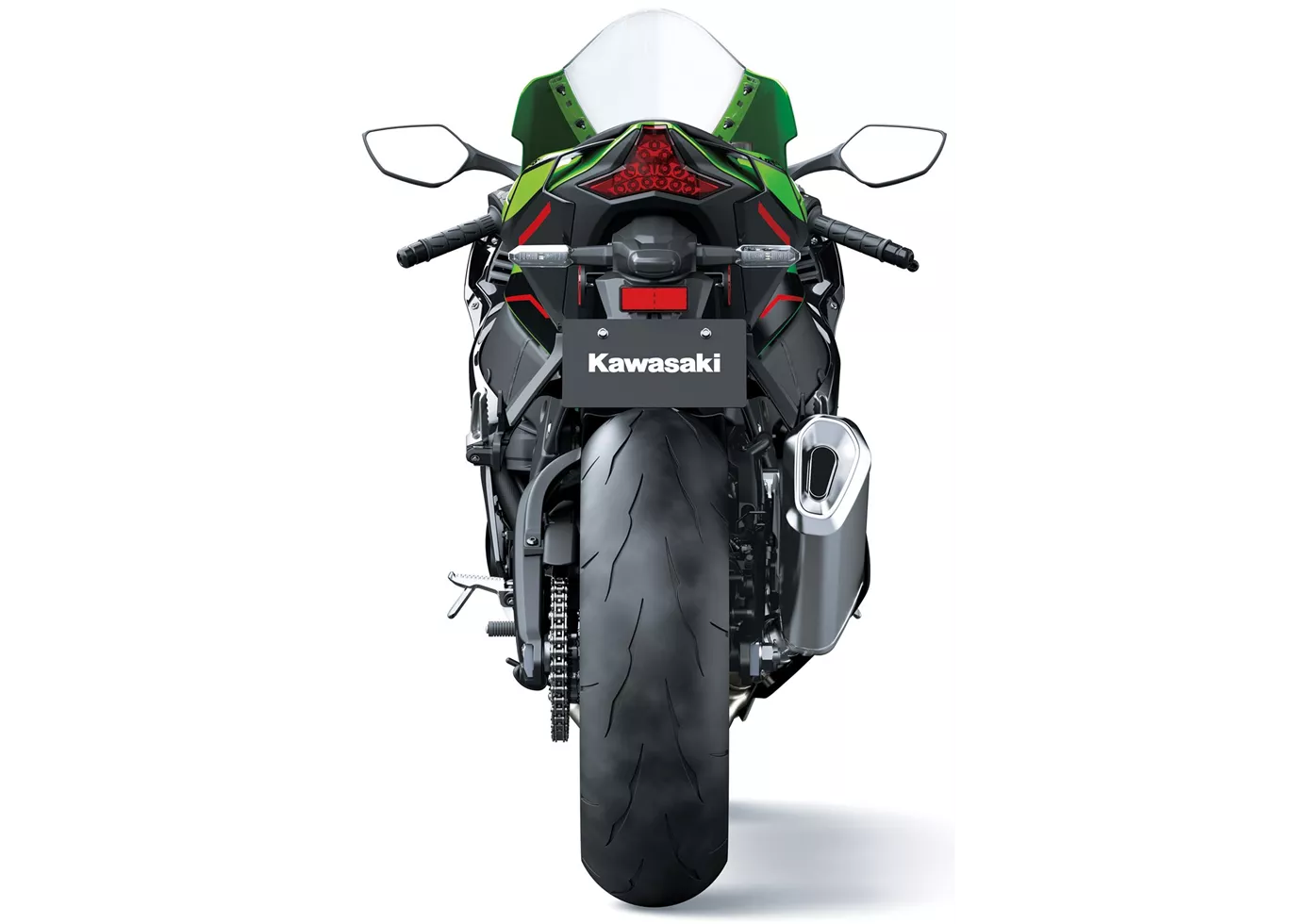
Kawasaki offers a mature overall package with the Ninja ZX-10R in the 2021 model year, which with the new front end also really looks like 2021. The bike offers surprisingly good space for the rider and you feel comfortable in the saddle. The rev-happy engine leaves nothing to be desired - except perhaps more discipline in the part-load range. To make the project a success, Kawasaki relies on high-quality ingredients: Showa suspension, Öhlins steering dampers, Brembo brakes with 330 discs and high-quality electronics. Thanks to the good electronics and the superior engine, the Ninja ZX-10R even cuts quite a figure on country roads - as long as you are willing to suffer a little in terms of seating position due to the concept.
Suzuki GSX-R 1000 2010

The engine is a delight to every test pilot with its wonderfully linear power delivery. This characteristic is marred in the hunt for seconds by a too softly tuned chassis.
Price Comparison Avarage Market Price Kawasaki Ninja ZX-10R vs Suzuki GSX-R 1000
There are a few key differences between a Kawasaki Ninja ZX-10R 2021 and a Suzuki GSX-R 1000 2010. It takes less time to sell a Suzuki GSX-R 1000 with 69 days compared to 177 days for the Kawasaki Ninja ZX-10R. Since model year 2005 1000PS.de editors have written 51 reviews for the Kawasaki Ninja ZX-10R and 71 reviews for the Suzuki GSX-R 1000 since model year 2005. The first review for the Kawasaki Ninja ZX-10R was published on 1/11/2004 and now has more than 2,900 views. This compares to more than 7,100 views for the first review on Suzuki GSX-R 1000 published on 3/3/2004.





